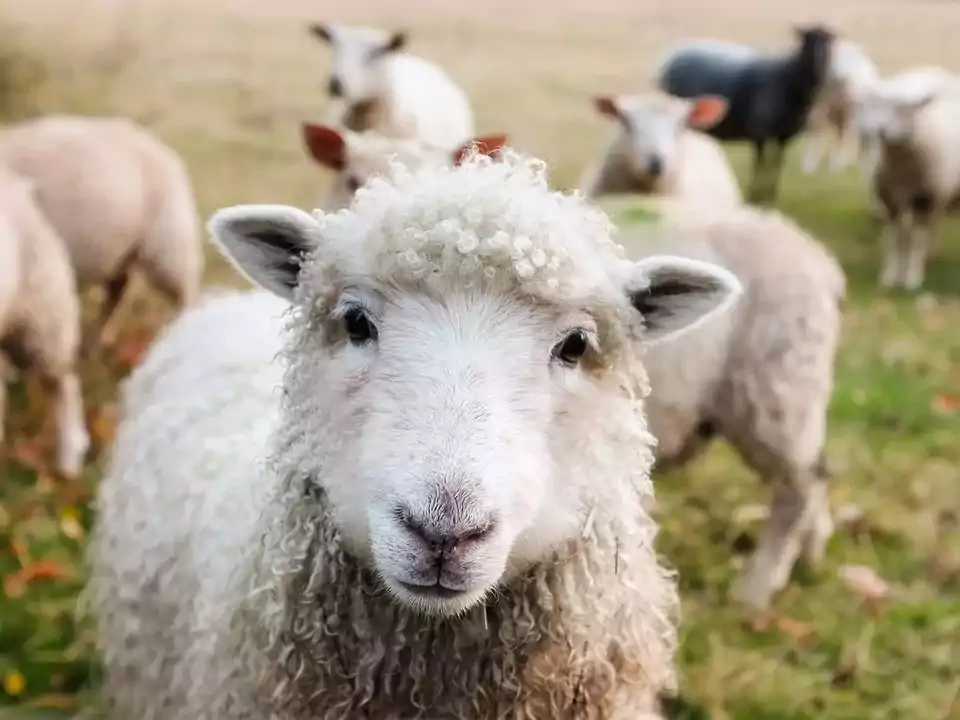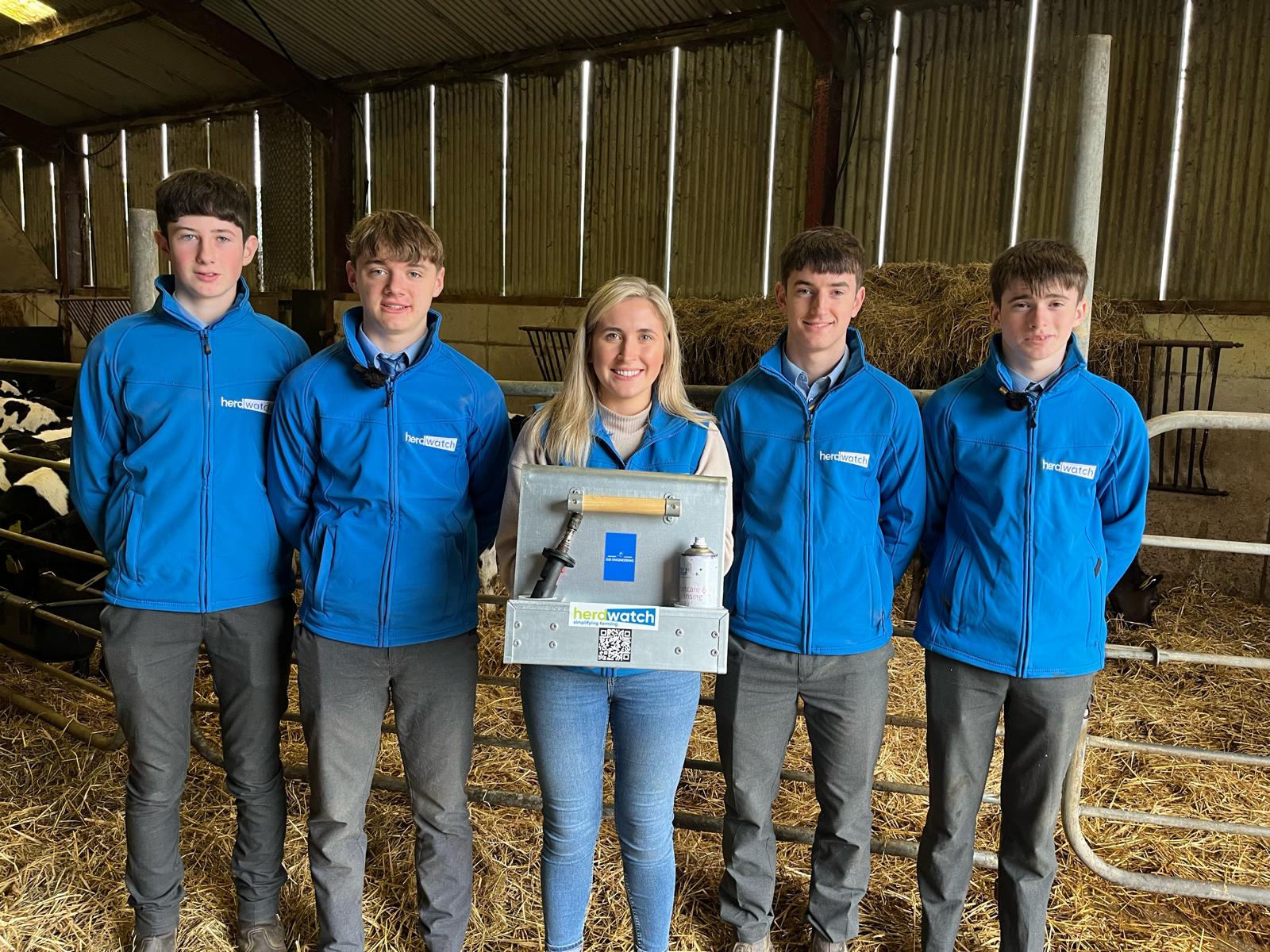The Outlook of Remote Farm Management

The pandemic has made many industries re-evaluate their current practices. Given how social distancing is a key public health response during this time, there has been a massive office exodus, with organisations of all sizes transitioning from their usual work setup to a remote environment.
However, the World Economic Forum has found that majority of the people who have shifted to teleworking are “knowledge workers” — professionals who don’t often need to interact or coordinate with others. These workers are those who don’t need specialised equipment or tools, and require little more than a working computer and a decent internet connection to carry out their work.
But industries that don’t fall into this category have also begun taking advantage of remote working arrangements. As tech writer James Gonzales writes, there’s been a shift in public perception: working from home has made its mark, and it’s here to stay. He also explains that one of the best ways to become productive remote workers is to make full use of the technology available to you, and this is something that applies across all industries. Thanks to leaps in technology, even industries like agriculture can make full use of remote working arrangements.
The rise of smart farming
Thanks to advancements in technology, we’ve seen the rise of smart farming, which Tech Republic defines as a concept of farming management that involves the use of high tech farming techniques and technologies in order to improve the efficiency of day-to-day work. For instance, the UK government has invested £21 million in several high-tech farming projects, which are aimed at cutting down pollution, minimising waste, and producing more food.
But while it all sounds novel, technological innovation in farming is actually nothing new. There had always been new tools that are utilised by farmers to supercharge their efficiency, from grain elevators and gas-powered tractors in the 1800s, to satellites in the late 1900s.
However, in recent years, there’s been an influx of modern technologies available to present-day farmers. There are sensing technologies for soil scanning and temperature management, specialised software solutions that accommodate specific farm types, hardware systems that enable IoT-based farming, and data analytic tools that are useful in decision making and prediction processes.
Take Herdwatch, for example. The first truly mobile farm management software released to the Irish market in 2014, Herdwatch allows farmers to record their compliance requirements on the spot. It’s a cloud-based app that also works fully offline, making a truly valuable farm tool. Keeping tabs of these things had previously been tedious work, but software solutions enable farmers to manage their respective ranches even from the comfort of their homes.
In terms of hardware, writer Vitaly Kuprenko points out how drones have been immensely useful in the agriculture sector. Not only can it stream real-time footage to let farmers cheque what is going on in their farms at any given time, but they can also be used in sprinkling various pesticides across the field. Reports reveal that drones can spray fertiliser 40 to 60 times faster compared to doing it by hand, further improving the efficiency of farmers that take advantage of them.
It’s worth noting that while these technologies are undoubtedly useful, farmers should take into account why and how they will incorporate them in the first place. They must first figure out the parameters they need to monitor, as doing so will help them make the right decision concerning which IoT equipment or software to try.
How farmers can maximise remote farm management
With the wealth of advancements happening in the agriculture sector, it doesn’t come as a surprise that it’s increasingly becoming more industrialised and technology-driven. Farmers, regardless of the size of the farm they’re managing, are at an obvious advantage, given how there are solutions available to them to raise livestock, grow crops, and improve the overall efficiency in their respective lands. For instance, the UK government has offered £20 million grants to drive innovation in smart agriculture, as part of a £90 million fund to make it easier for farmers and food businesses to embrace technology and innovation. Whether or not they’re going to take advantage and maximise the technology available is entirely up to them.
Farm Management recommends that each farm should have at least one drone to assist in various farm operations. These aerial vehicles offer farmers a bird’s eye view of their farm, allowing them to spot problems and monitor other aspects without going through the time-consuming process of traversing the entire field. Coupled with the right software and proper training for farmers, drones offer a high level of technical sophistication to farm management practises, which is lacking in other traditional solutions. Additionally, apart from aerial imagery, agricultural drones are also useful in estimating soil conditions, planting future crops, and even livestock farming, resulting in reducing the need for human workforce on horseback and surveillance dogs. Drones, particularly those equipped with thermal sensor technology, have the capacity to find lost cattle, identify sick or injured animals, and calculate their numbers.
Farmers may also want to look into software that can make their processes more efficient. As mentioned previously, apps like Herdwatch allow for improved farm management, but it’s also worth noting that it can also help multi-generational teams when it comes to information transfer. Farmers who have been managing their land for decades can save hours on paperwork every week, make better on-farm decisions, and share information with absolute ease. Everything they need is in their hands. By going through the app, they are able to understand the requirements of the farm, as well as critical information on herds, reports, and dashboards. It offers quick workflow control, convenient animal smartlists, effortless breeding management, and even sprays and pesticide record-keeping.
The barriers to accessing technology and software for better remote farm management get increasingly lower as more solutions become available. It would be of farmers’ best interest to hop on these innovations to improve profitability.
Is remote farm management here to stay?
With the UN projecting that global agricultural production will rise 69% between 2010 and 2050 to accommodate the ballooning population, there is no doubt that the agriculture sector will utilise similar agtech solutions to achieve greater production capabilities. Remote farm management is perhaps just the start. There will be much more innovative practises that will come about to maximise farming efficiency.
Authored by: Jerah Blicar
For: herdwatch.com




